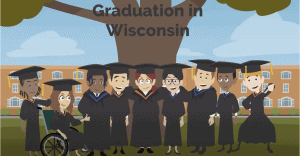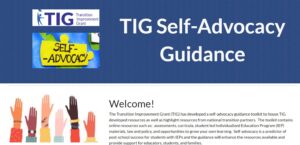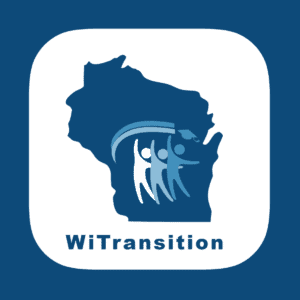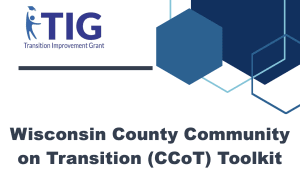Please note TIG will be updating the Self-Advocacy Suite.
Franklin Elementary School
Knowing students and engaging families in the process
Franklin’s story is an inspiring one. Their commitment to an equitable, multi-level system of support has assisted them in pursuing and achieving their yearly goals. An urban/suburban school in the West Allis-West Milwaukee School District, Franklin Elementary has thoughtfully and effectively implemented their system.
Franklin Elementary shifted their belief from: “every child will be successful” to a school-wide expectation that “all students MUST be successful.” Every student is held to a high standard. In fact, staff members refer to each class by the year they will graduate–from college. This shifts the locus of responsibility for learning onto staff, rather than students.
Teamwork and trust were–and continue to be–critical to their success. They have built a system on equity and shared leadership: on doing things that are right. Franklin staff knows their students, engages their families in the process, and continually collaborates to meet the needs all students. Along with their belief that all students must be successful, the staff knows that vision must first start with them.
Establishing a framework
Franklin’s story began with an initial commitment to behavior, then academics, and has taken them to full implementation of an equitable, multi-level system of support that includes every single student. It is a framework that systematically provides differing levels of intensity of supports. Students are provided with supports and interventions appropriate to their instructional needs.

Full implementation did not happen overnight. The leadership team identified the need to make a change after reviewing behavioral data. In 2010-11 Franklin school’s suspension rate was at its highest since 1999; 4.6% (15/326) with high levels of disproportionality among African American, Hispanic/Latino, and students with disabilities (source: WINSS). In 2010-11, 20% of students were advanced and proficient in reading and 35% in mathematics (source: WISEdash). High levels of disproportionality were seen among African American, Hispanic/Latino, students with disabilities, and economically disadvantaged students. This disproportionality level was higher than the state and district averages.
How it works
Franklin continually works to have an equitable, multi-level system of support that seamlessly intertwines academics and behavior. Let’s take a look at both.
Academically, students participate in differentiated, standards-based instruction in inclusive classrooms co-taught by general and special education teachers. Every student has a personalized learning plan tied to grade-level benchmarks that guide their time and types of activities. Multiple teachers in each classroom allows staff flexibility in instructional time and grouping to meet student needs, including opportunities for large group discussions, small guided groups, and individual learning experiences and practice to ensure that all students achieve at high levels.
The PBIS problem-solving team and the classroom teacher attend behavior meetings. Students are identified through numerous screening procedures. Prior to the meeting, the PBIS facilitator interviews the teacher to gather information regarding the student, behavior, and attempted interventions. During the meeting, the team reviews multiple sources of data, determines one or two behaviors to target, develops specific measurable goals, matches interventions, and starts progress monitoring and data collection procedures. The team meets at four, eight, and 12 weeks to review progress and make appropriate changes.
Dedicated to more
There is no magic wand. The staff has done more than just wish for improved student behavioral and academic achievement to happen. They started this work by creating a culture that truly believes that all students WILL learn. Administration and staff built their plan around data and used that to inform instructional and behavioral decisions for themselves and students.
This has been–and continues to be–hard work, and Franklin is dedicated to continuing to improve in order to meet the needs of their ever-changing population of students and sustain implementation of their system.
Our vision drives our systems and practices. The school expectation is that all students MUST be successful academically and behaviorally.





 TIG Self-Advocacy Guidance Google Site
TIG Self-Advocacy Guidance Google Site 
 Wisconsin County Community on Transition (CCoT) Toolkit
Wisconsin County Community on Transition (CCoT) Toolkit